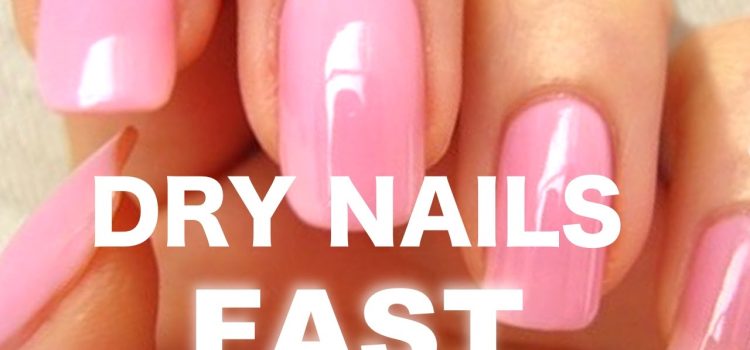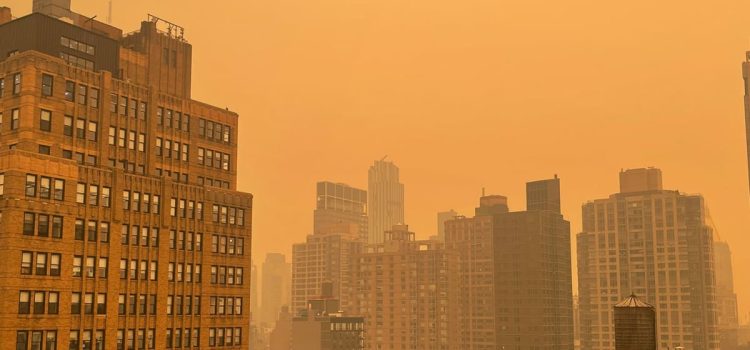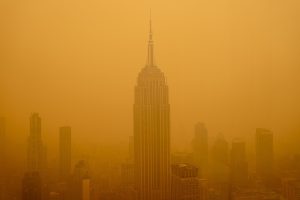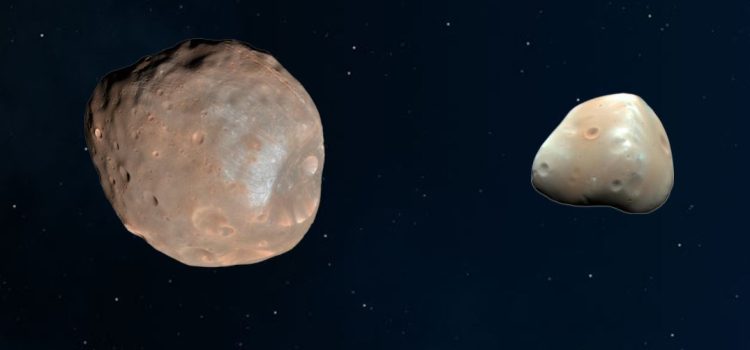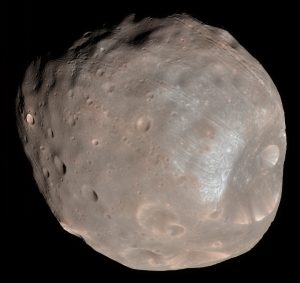
Introduction
Waiting for nail polish to dry can test anyone’s patience. Whether you’re in a rush or just hate smudges, mastering the art of quick-drying nail polish makes life easier. With a few simple tricks, you can achieve glossy, chip-free nails in minutes instead of hours. In this article, we’ll explore seven tried-and-tested methods—from applying thin coats to using cold water dips and professional-grade sprays. You’ll also learn how proper nail prep and choice of polish impact drying time. Read on to transform your manicure routine and enjoy fast-dry nails every time.
Master Quick-Drying Nail Polish: 7 Tried-and-True Methods
1. Prep Your Nails Properly
Great quick-dry results start before you touch the brush. Follow these steps:
- Clean and Dehydrate: Wipe each nail with acetone or alcohol to remove oils and old polish.
- Shape and Buff: File nails to your desired length and lightly buff the surface to help polish adhere.
- Apply a Base Coat: Use a fast-dry base coat to smooth ridges and speed up overall drying time.
Proper prep creates a foundation that allows polish to dry evenly and prevents smudging.
2. Use Thin, Even Coats
Thick layers trap moisture and take much longer to harden. Instead:
- First Coat: Apply a very thin layer, covering the nail in two strokes.
- Second Coat: Wait 1–2 minutes, then apply another thin layer for full color.
- Seal with Top Coat: A quick-dry top coat not only adds shine but also locks in color and speeds dry time.
Thin coats dry rapidly because there’s less liquid to evaporate, giving you fast-dry nail Polish in a flash.
3. Invest in a Quality Quick-Dry Top Coat
The right top coat makes all the difference. Look for:
- Fast-Dry Formulas: Marketed specifically for quick finish, often drying in 60–90 seconds.
- High Gloss Finish: Adds a professional sheen to your manicure.
- Chip Resistance: Strengthens nails and extends wear.
Brands like Seche Vite, Essie Quick-e, and Sally Hansen Insta-Dri are popular for their reliable quick dry nail polish top coats.
4. Cold Water Dip Method
A classic salon trick that works at home:
- Wait 2–3 Minutes: After top coat, let nails set for a moment.
- Fill Bowl with Cold Water: Add ice cubes or use very cold tap water.
- Submerge Nails for 2–3 Minutes: The cold temperature solidifies the polish faster.
Pat nails dry gently and admire your quick-drying nail results—no smudges guaranteed!
5. Nail Drying Spray or Drops
Specialized sprays and drops can accelerate drying:
- Nail Drying Spray: Mists over nails to evaporate solvents quickly.
- Quick-Dry Drops: One drop per nail; these low-viscosity oils seal polish and speed evaporation.
Use these products sparingly—too much can cause streaks. When used correctly, they’re a powerful tool for fast dry nails.
6. Cool Air from a Manicure Fan or Hair Dryer
Moving air disperses solvents faster:
- Manicure Fan: Small, purpose-built fans blow gentle air directly onto nails.
- Hair Dryer on Cool Setting: Keep the dryer at least 6 inches away and use “cool” or “low” setting.
Avoid heat, as it can cause polish to bubble. Steady, cool airflow makes polish dRying nails quick and smooth.
7. Invest in a UV/LED Nail Lamp
Originally for gel nails, these lamps also speed regular polish dry times:
- Gel Lamps: Emit LED or UV light that hardens top coat formulations faster.
- Usage: Cure nails under the lamp for 30–60 seconds per coat.
Check that your polish and top coat are compatible—many brands now offer hybrid “LED-activated” formulas.
8. Choose the Right Environment
Humidity and temperature affect drying:
- Cool, Dry Room: High humidity slows evaporation; use air conditioning or dehumidifier if needed.
- Stable Temperature: Aim for 65–75°F (18–24°C) to optimize drying.
- Avoid Fan Dust: Ensure air vents are clean to prevent dust settling on wet nails.
A controlled environment supports faster, cleaner drying for your quick-dry nails.
9. Practice Patience and Proper Aftercare
Even quick-dry methods need a gentle touch afterward:
- Avoid Heavy Tasks: Give nails 10–15 extra minutes before typing or cleaning.
- Apply Cuticle Oil: Nourish cuticles and maintain shine.
- Protect Your Manicure: Wear gloves for chores and avoid harsh chemicals.
Proper aftercare ensures your fast-drying manicure looks flawless for days.
Challenges of Quick-Drying Nail Polish
Despite the advantages, quick-drying nail polish brings a few hurdles. Some fast-dry formulas can feel thick or sticky, making smooth application harder. Relying on top coats or lamps adds extra steps and costs for tools or bulbs. In a rush, thin coats can miss full coverage, leading to patchy color. Certain methods—like blowing with a hairdryer—can cause bubbles if done too close. Finding the right balance between speed, finish quality, and nail health takes a bit of trial and error.
Conclusion
Mastering quick-drying nail polish means combining good prep, thin coats, and smart tools—like fast-dry top coats, cold water dips, and cool airflow. Proper environment control and product choice, from drying sprays to LED lamps, also play vital roles. Remember, patience and aftercare maintain your manicure’s beauty and longevity. With these tried-and-tested methods, you’ll transform your nail routine, enjoying fast-dry nails without the stress of smudges or chips. Embrace these tips and watch your at-home manicures reach salon-level perfection every time.








